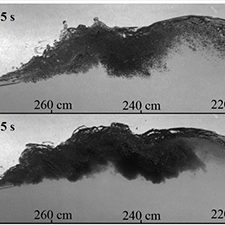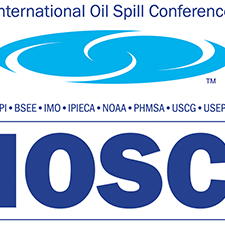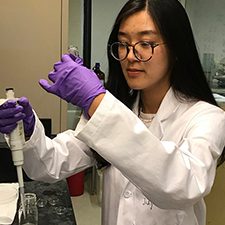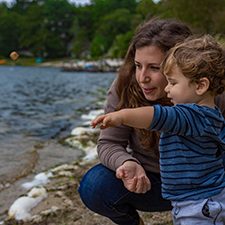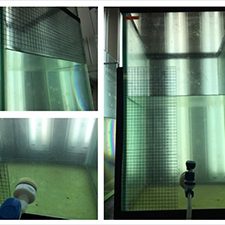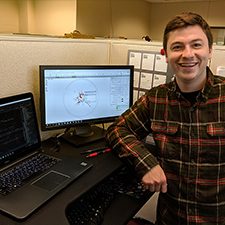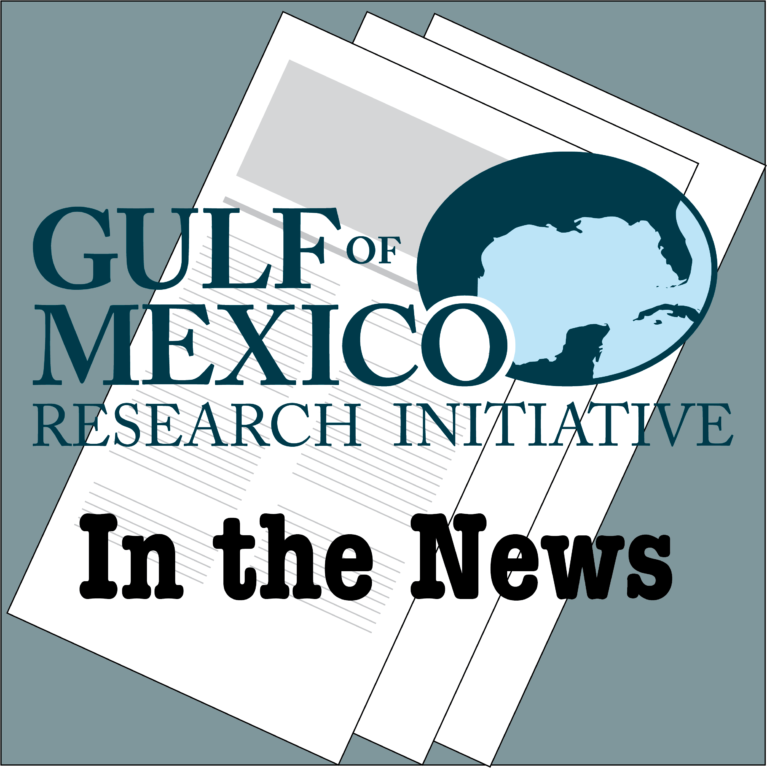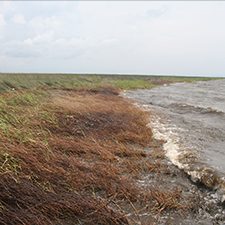Study Quantifies Dispersant Effects on Initial Oil Slick Breakup by Waves
Scientists generated breaking waves in the presence of various dispersant and oil ratios (DOR) using a custom-built wave tank to investigate how subsurface oil droplets evolve in a turbulent environment.

